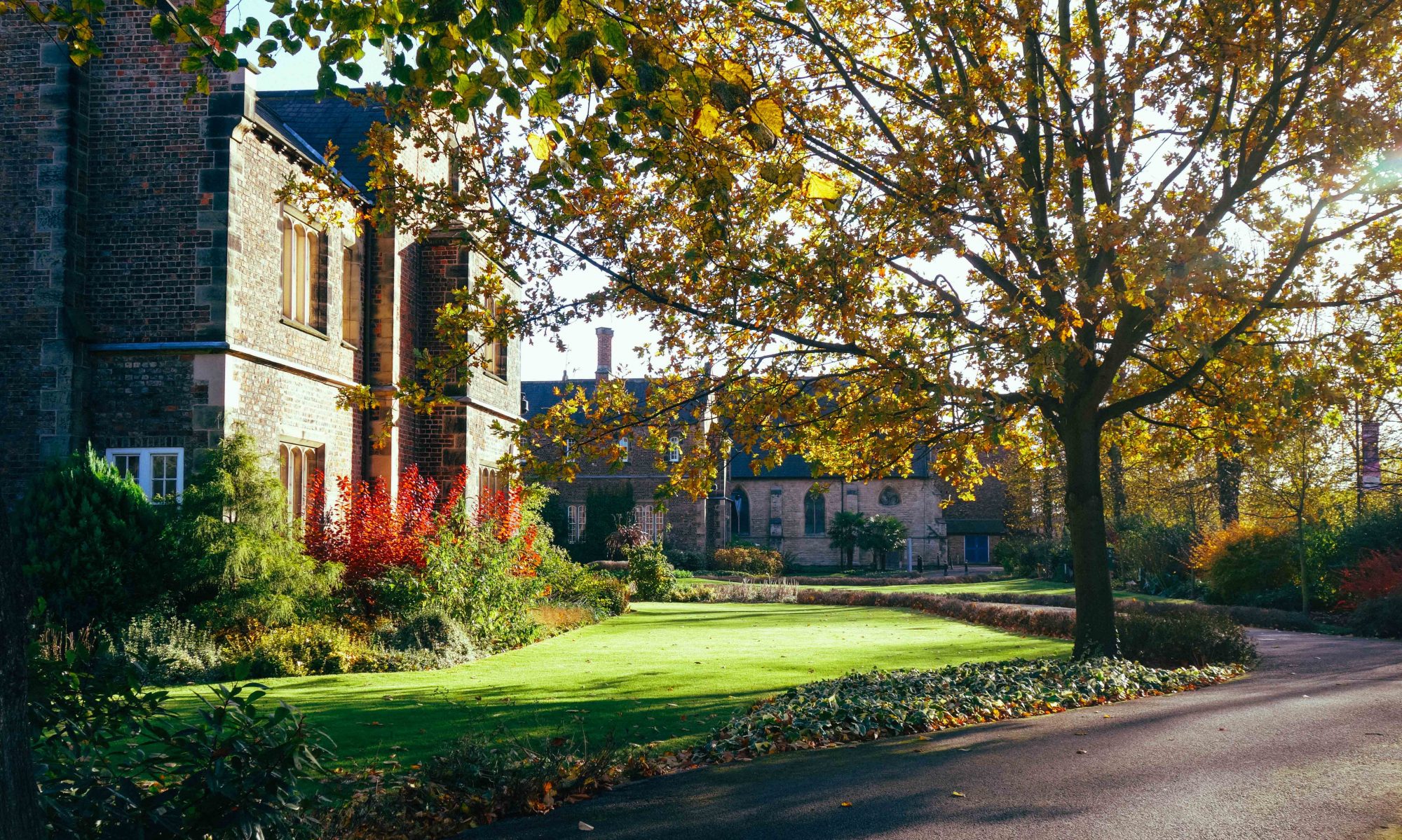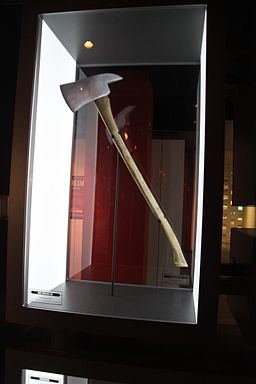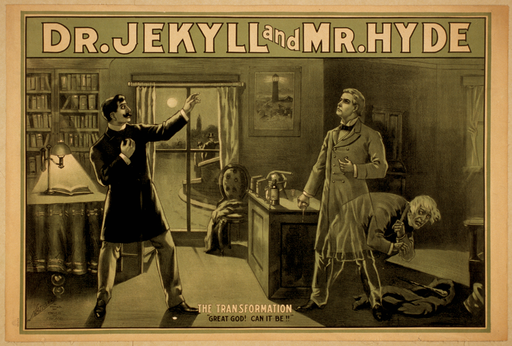Excitement once again swept through York St John University, as famed author, artist, designer and illustrator Graham Rawle stopped by to deliver an enthralling lecture.
Rawle opened up the talk by confessing that his “background is as an illustrator and designer” and that he “doesn’t have a literary background.” This does not at all infringe on his capability as a writer, however. He has developed regular series for major broadsheets: The Observer, The Times and The Sunday Telegraph Magazine. For The Guardian he concocted the famed ‘Lost Consonants’, collections of panel artistry that depict comedic outcomes when a sentence loses a crucial consonant. Beyond this, Rawle has written several well received novels, such as The Card, Lying Doggo, The Wonder Book of Fun and the core text of his talk: Woman’s World. In addition to all of this, he is a tutor for the University of Brighton’s MA in Arts and Design by Independent Project, and seems to be admirably living several lives simultaneously.
 Grahamrawle - collage artwork
Previously published in The Guardian, CC BY-SA 3.0, Link
Grahamrawle - collage artwork
Previously published in The Guardian, CC BY-SA 3.0, Link
Rawle’s talk focused first on story structure. He explained that a story can be found anywhere so long as it accords with specific sets of rules, giving varied examples such as, “comedians, how they construct a joke, how they can construct a whole act around a joke or series of jokes. I might be looking at exhibition design, and how you navigate a crowd through a space. How to make that feel like a journey, feel like a story. Or the beginning and middle and end of a magic act […]
For Rawle, behind every solid story is strong structure. His claim is that all of these examples, “have a strong three act structure to them […] This patterned three act structure is detectable in lots of areas”. The basic sequence of the Three Act Structure (exposition, climax, and resolution) determines “How people orchestrate things like a firework display […] It’s the sequence in the way you put these things that deliver the most effective show you can”.
“I write fiction, but the books I write have a visual element to them that hopes to carry an additional narrative layer”
Rawle suggested that he approached storytelling as someone with a design background, explaining that designers study the fundamentals of something, respecting existing approaches, and then afterward craft something new. This mindset can be seen in his 2005 novel Woman’s World, in which Rawle to put his own spin on the literary. Spelling out his aims in writing such novels he stated, “I write fiction, but the books I write have a visual element to them that hopes to carry an additional narrative layer”. In keeping with the theme of ‘stories to be found everywhere’, Rawle crafted the critically acclaimed Woman’s World (2005), as a bombastic collage novel. Constructed solely by reassembling text snippets from 1960’s women magazines, the novel has been appropriately described by The Times as, “a work of genius […] the most wildly original novel produced in this country in the past decade”.
The unconventional collage construction of Woman’s World complements the journey of its protagonist, cross-dressing man Norma Fontaine. The women’s magazines of the 1960’s translated the ‘woman’s world’ to him, informing Norma how he can best become a woman. Using the collage, Rawle aimed to convey a sense of desperation: “The desperation was about becoming this ‘ideal woman’ […] the idea of a cross-dressing man in 1962, trying to be a woman, to learn how to be a woman, with only his mother who he can’t ask and not being able to go out anywhere, you look back at the magazines through that viewpoint, and it tells you everything you need to do”. The magazines offered a unique window into gender performance, and Woman’s World achieves part of that effect not just through narrative, but through the collage. Powerful and moving, it is a text that transcends time.
The innovation doesn’t stop in his books either. Rawle is taking Woman’s World to film, and stated that “I’m going to collage the whole film, exactly as I collaged the book. So replacing the story with fan clips to try and retell the story of Norma Fontaine.” Of course, the danger with adapting a collage is the danger of not being able to recapture the magic the collage effect had. No matter how well the story itself is adapted, part of the magic comes through the specific mode of imagery. Nonetheless, at the prospect of a film, movie stars came sniffing, such as Tom Hardy and James Franco. Though the two are no longer involved, one thing is clear: that Woman’s World is as adaptable as any of Graham Rawle’s many talents.
The unconventional appearance of Woman’s World, whether on page or screen, is a step toward true originality. To piece together a story through another’s words, to read what the characters themselves could have read, or to even hold a book similar to what the character could have owned, is an enchanting feeling. Ultimately, Graham Rawle pondered that, “the design of a book has been around for such a long time […] It is really interesting that nobody said to Mary Shelley then ‘what do you think a books going to look like in 200 years?’ It’s unlikely she would have said, ‘I expect it will look exactly the same’. It’s really odd!”
In retrospect, we should have asked Mr. Rawle the very same thing.
 On Wednesday 30th November we will be holding a Dialogue Day from 2.30-5pm in SK128. This is an opportunity for you to offer some vital feedback on your engagement with your Literature and Creative Writing Programmes, learn more about prospective careers paths, and reflect on your learning so far. This is intended to be a helpful and informative session to help you during your final year of study, and there will lots of opportunities for group work and discussion. Most importantly, there will be tea, coffee, and cake served for everyone! Please email Anne-Marie (a.evans@yorksj.ac.uk) if you would like to book a place.
On Wednesday 30th November we will be holding a Dialogue Day from 2.30-5pm in SK128. This is an opportunity for you to offer some vital feedback on your engagement with your Literature and Creative Writing Programmes, learn more about prospective careers paths, and reflect on your learning so far. This is intended to be a helpful and informative session to help you during your final year of study, and there will lots of opportunities for group work and discussion. Most importantly, there will be tea, coffee, and cake served for everyone! Please email Anne-Marie (a.evans@yorksj.ac.uk) if you would like to book a place.






 sexualised roles that haven’t changed all that drastically considering recent controversy over Black Widow toys being left out of Avengers sales, and Wonder Woman’s poor depiction in Batman vs Superman.
sexualised roles that haven’t changed all that drastically considering recent controversy over Black Widow toys being left out of Avengers sales, and Wonder Woman’s poor depiction in Batman vs Superman.











